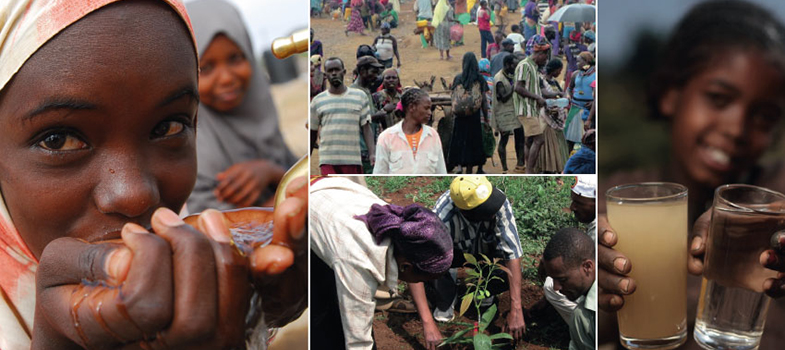Study Session 6 Liquid Waste Management and Treatment
Introduction
Dealing with liquid wastes is one of the biggest challenges of urban sanitation. Liquid waste management requires capital investment, skilled personnel, coordination between different government departments and organisations, and awareness of the issues by the public. Failure to manage liquid wastes, especially human excreta, leads to health and environmental problems.
In urban Ethiopia the vast majority of people (80%) use pit latrines for human waste disposal (Central Statistical Agency, 2014). In some parts of Addis Ababa, liquid waste from waterborne toilet systems is collected via a sewerage system and sent to the wastewater treatment facility at Kality. There are, however, many houses and institutions with waterborne toilet systems that are not connected to the sewerage system. In these places, the sewage is sent to septic tanks. These different sanitation technologies require different techniques for managing and disposing of the wastes.
This study session looks at what happens to human excreta and other liquid wastes after they are produced. You will learn about the methods used to remove sludge from pits and septic tanks and about some of the options for managing and treating liquid wastes, including human excreta, sullage and stormwater.
